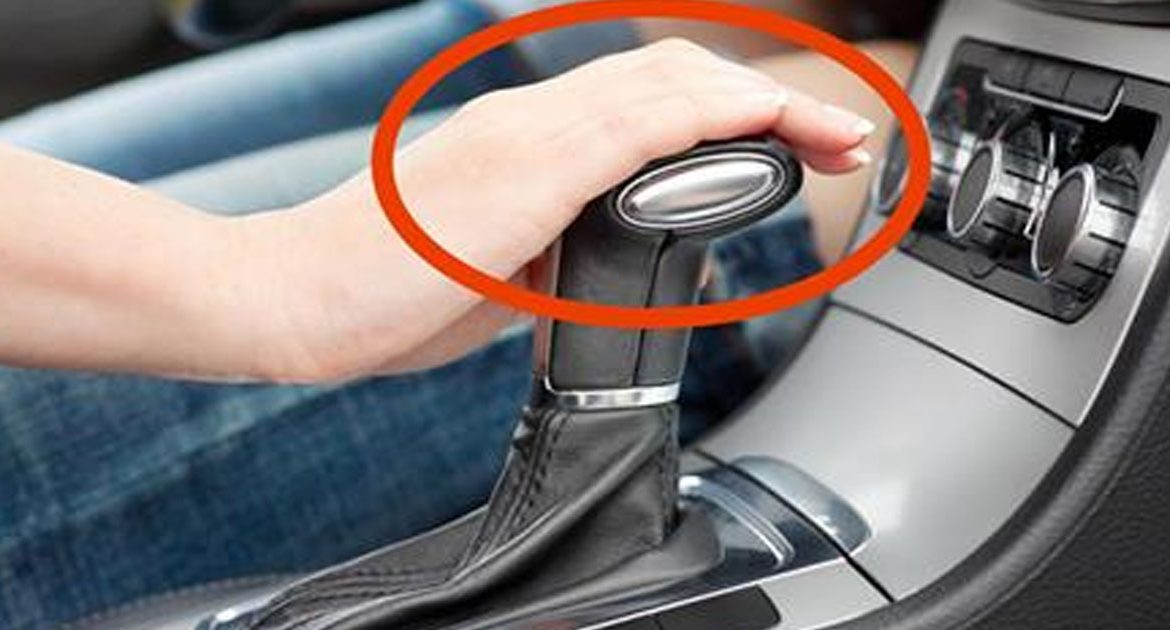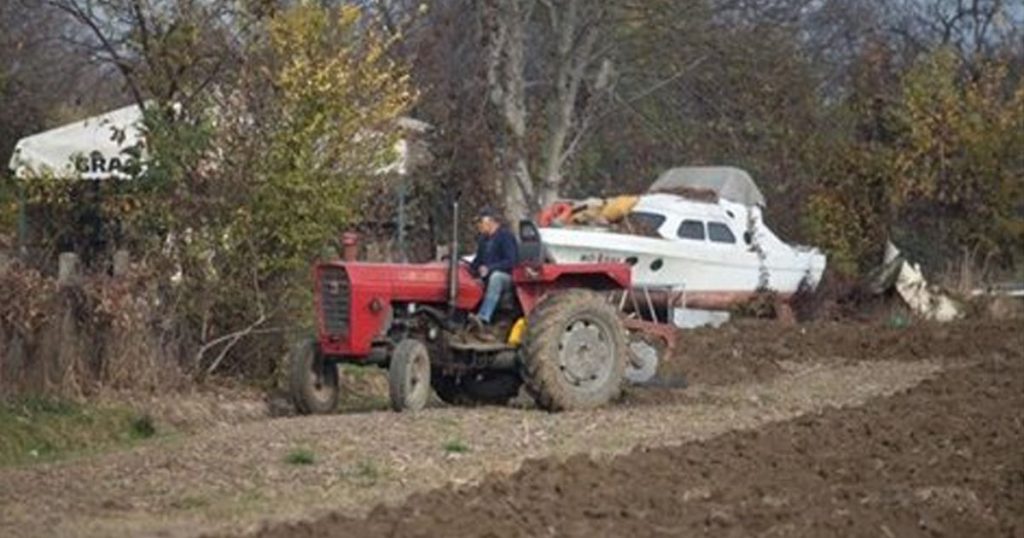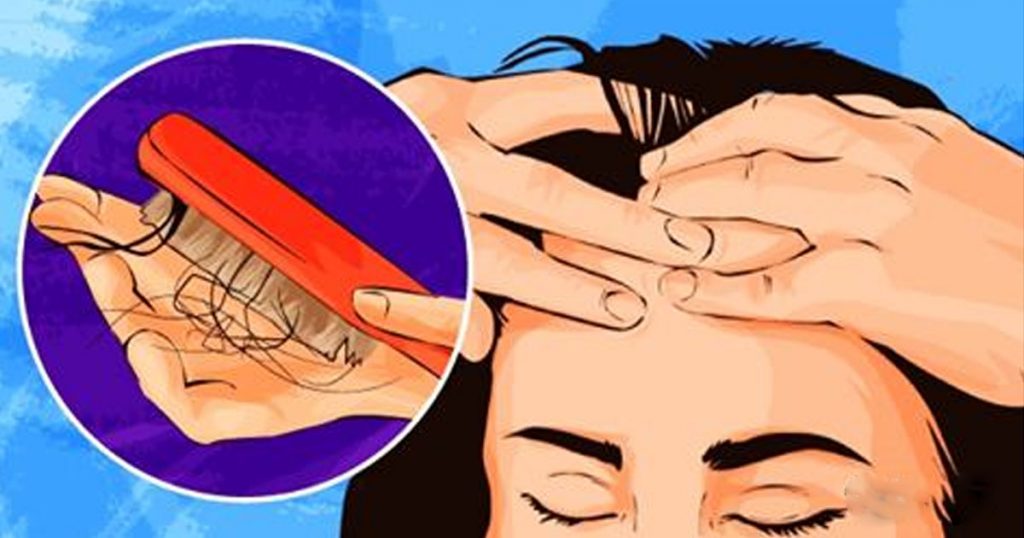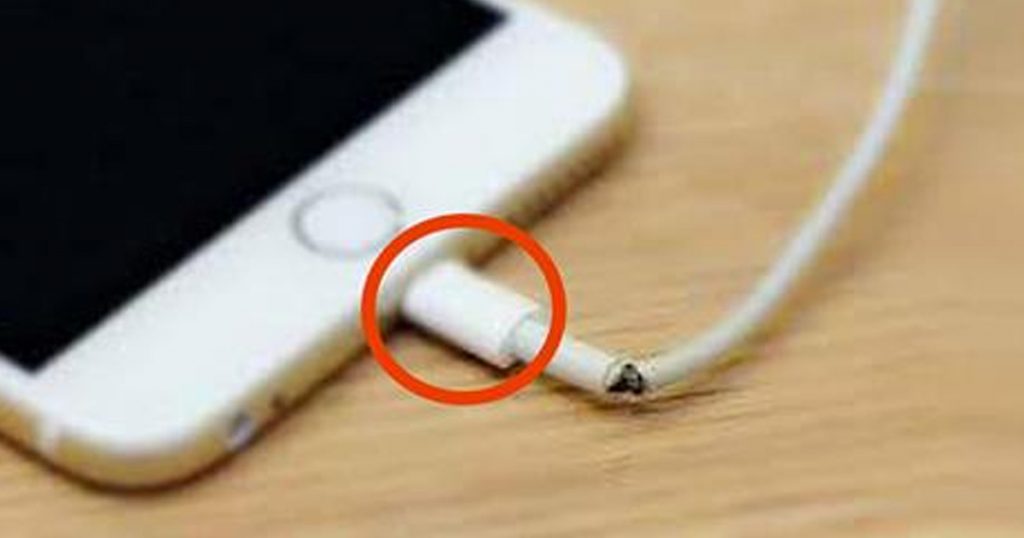If we’re being completely honest, we should probably admit that as car drivers we all make one mistake or another. In some cases we probably don’t even realize we’re making them. But the fact is that our errors can mean unnecessarily high levels of wear and tear on our cars, and can even put us and the other people on the road in danger.
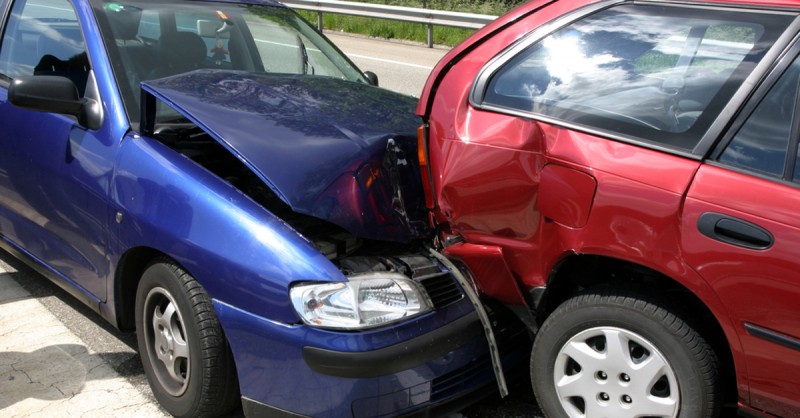
1. Incorrect seating position
In 2009, a study in Germany — land of the Autobahn — found that around 75% of all car drivers aren’t sitting correctly behind the wheel. This can not only cause back pain and muscle tension, but in an accident it can also result in serious injuries when the airbag deploys.
You should take care with the height of your seat, so that your eyes are roughly level with the middle of the windshield and you can read the dashboard instruments easily. Drivers should sit with their rear ends as close as possible to the back rest, so their knees are not at full stretch when pressing down on the pedals. In addition, you should always sit upright and your shoulders should always be in contact with the back rest when steering. You can find more tips on how to sit correctly while driving here.
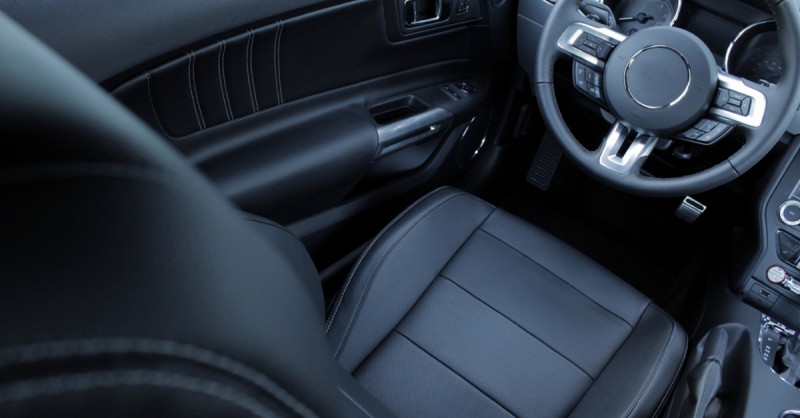
2. Hand on the gear stick
Letting your right hand rest on the gear stick can damage the gears, because it means the gear shift fork is constantly pressing on the shift collar. Particularly in a gearbox with a classic gear shift linkage, this can lead to premature wear. On top of this, you should actually always have both hands on the steering wheel.
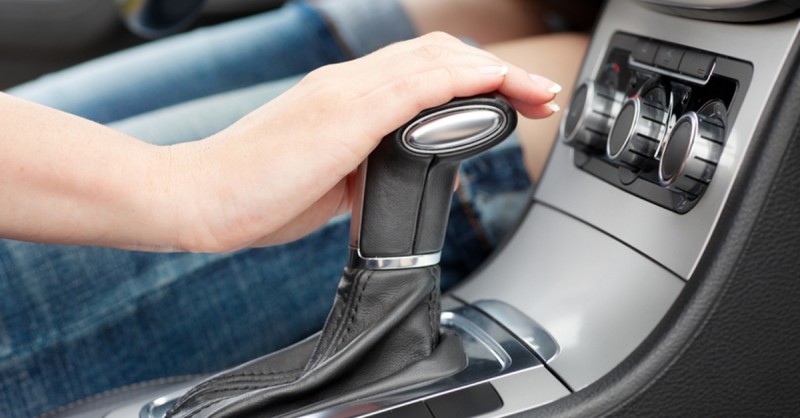
3. Keeping your foot on the clutch
Some people rest their foot on the clutch while the traffic lights are red, leaving the car in first gear so they can accelerate faster when the lights change, or to override a car’s automatic start-stop mechanism. Always pressing down on the clutch doesn’t damage it directly, but the release bearing, which carries the entire force of the clutch spring, is not designed to withstand such energy on a permanent basis. If this part breaks, the entire clutch usually has to be replaced.
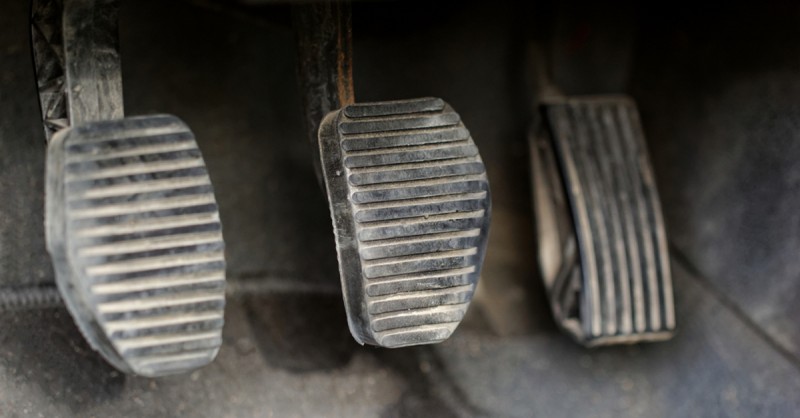
4. Steering without moving
Sometimes it’s impossible to avoid steering while staying still, especially in narrow parking spaces. But steering should only be done when the car is at least in a slight roll because the strain on the power steering components is extremely high when the car isn’t moving. This increased wear and tear can damage the steering system and lead to expensive repairs.
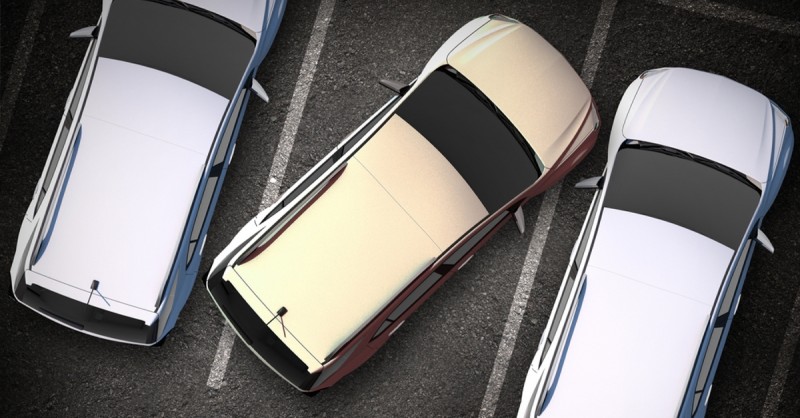
5. Snow on the roof
In some places, failing to clear snow off your car roof may cost you a hefty fine. This is because if a driver brakes suddenly, the snow from the roof can fall onto the windshield and obstruct their vision. But also for cars traveling behind, snow from the roof of the car in front can become an unnecessary source of danger.
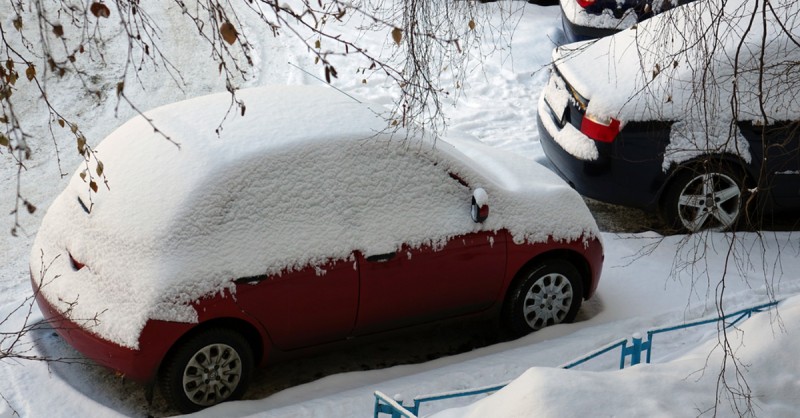
6. Unsuitable shoes
A big study by insurance companies in 2015 found that 25% of women and 13% of men sometimes wore flip-flops while driving. One in four people admitted that they had gotten these shoes stuck in the mat in the footwell while driving and one in five people admitted that their foot had slipped off the pedals.
It varies from country to country, but while car insurance may cover the cost of an accident — regardless of the shoes you are wearing — the full insurance payments for damage to your own car may be reduced or refused if you weren’t wearing adequate footwear.
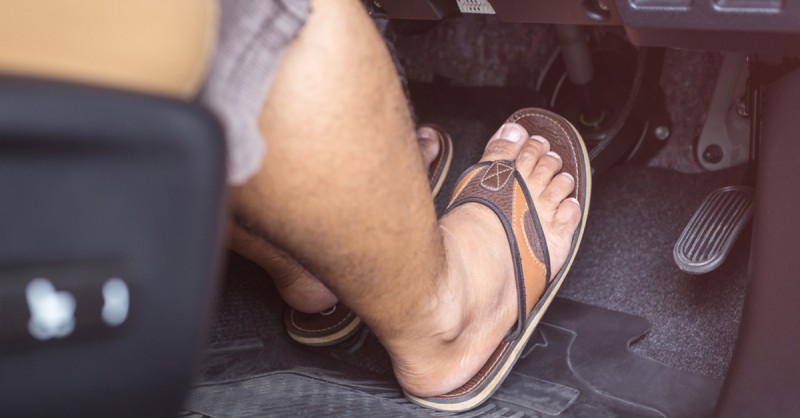
7. Leaving the motor running to warm up
Leaving the car motor running in winter so the interior can heat up while you scrape off any ice and snow is not only illegal in some countries, it also damages the motor.
An idling engine clearly warms up more slowly, and the oil inside it stays viscous for longer and doesn’t reach all the lubrication points where the engine bearings grind against each other without lubrication. In addition, the fuel condenses, so more of it has to be added to the engine. Warming up the engine can also cause the exhaust pipe to rust faster because water condenses in it.
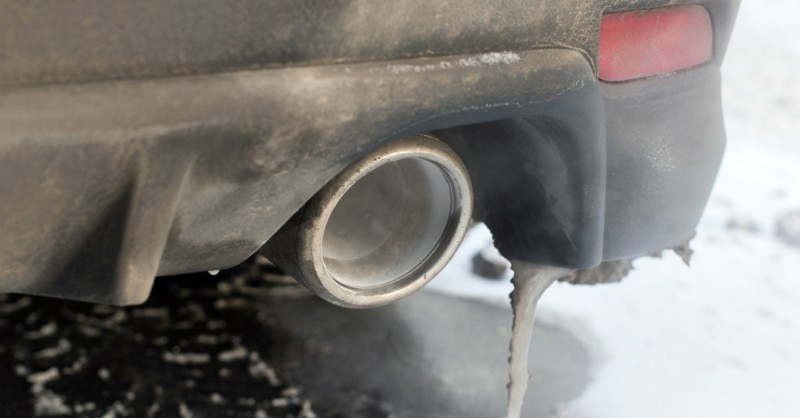
8. Dashboard
Small, unsecured objects left lying on the dashboard can become dangerous missiles inside the car in the case of an accident.
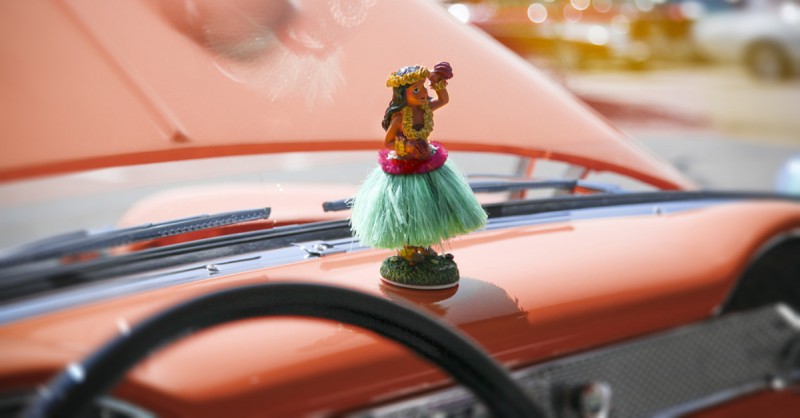
9. Downhill braking
If you lightly but continuously brake on a downhill slope, you’ll overload the brake discs and brake pads, causing them to heat up and wear out faster as a result. Instead, you should brake less often but more firmly, which allows the brakes to cool down while the car coasts down the hill. Of course, engine braking also works as an alternative — this means going down the hill in a lower gear.

10. Distractions
According to the Center for Disease Control (CDC) in the United States, at least eight people are killed every day and more than 1,160 are injured in crashes involving a distracted driver. As well as operating technical devices like smartphones or navigation devices, a distraction could also include an argument with a passenger. The CDC identifies three types of distraction: visual — taking your eyes off the road, manual — taking your hands off the wheel, and cognitive — taking your mind off driving.
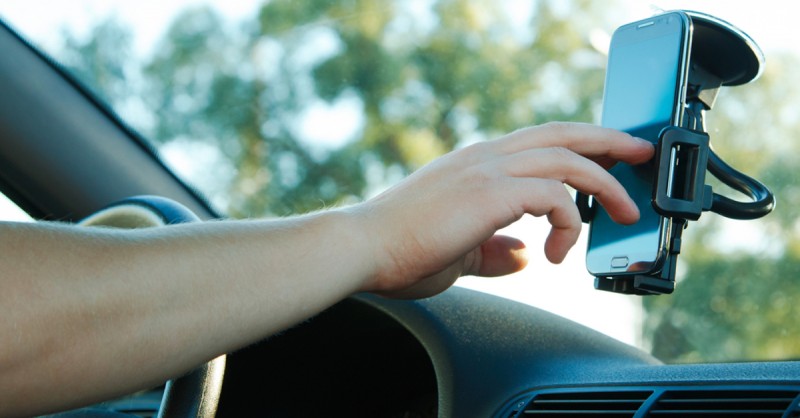
11. Reversing
Putting the car in reverse while the car is still rolling forwards abruptly reverses the direction of the gear box rotation, increasing wear on various gear shafts, like the drive shaft and the differential. It also makes a terrible noise.
Wer sich so ein schickes Auto leisten kann muss wohl nicht einparken können. Immerhin gabs ein Knöllchen ?#mercedes #hamburg pic.twitter.com/SxUWGe9CTw
— Dirk (@Kopfcineast) May 23, 2017
12. Tire pressure
Having the tire pressure too low can cause premature wearing of the tires, higher fuel consumption and a longer braking distance. It can also make it easier for the car to swerve or lurch, and the tires will heat up faster because they have to work harder to do their job.
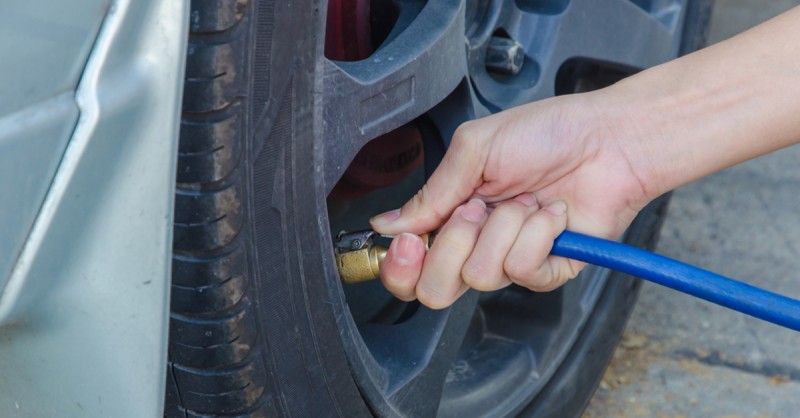
13. Not indicating
Whether it’s changing lanes on the highway or turning a corner in the inner city, the idea seems to be spreading that it’s ok to not use your indicators as long as there is no other traffic nearby. But this is a mistake and can become a terrible habit that can cause big problems when there actually is traffic around.

14. Changing your tires
If you live in a climate where seasonal tires are necessary, you end up changing them at the beginning of summer and winter. If you store your tires at home and have them changed by a mechanic, you should make sure they are properly secured during transport. This means using straps to make sure they don’t roll around in the back hatch or trunk.

This video shows how dangerous unsecured tires can be for the occupants of cars, even at low impact speeds under 30 mph.
Did you recognize some of your mistakes while reading this? Perhaps next time you’ll do things differently. Both your car and other drivers will thank you.
